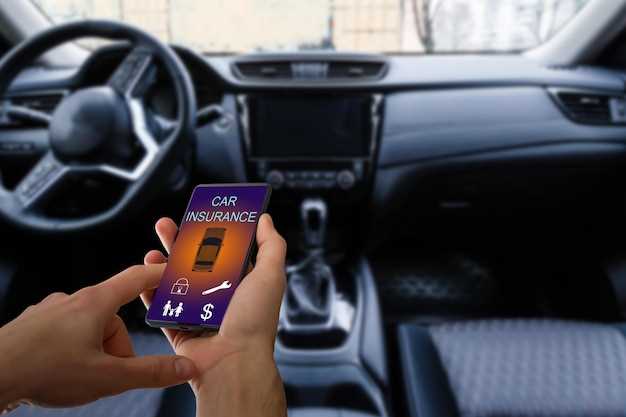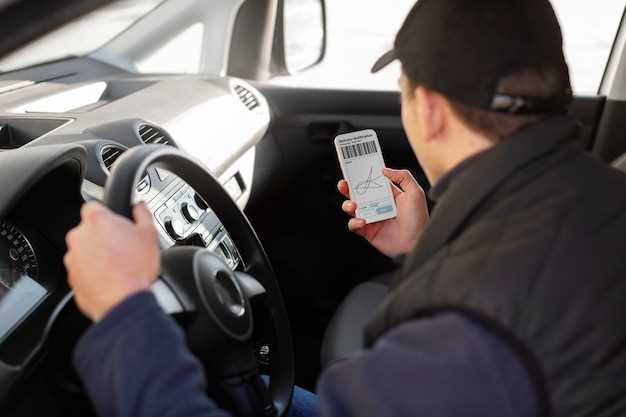
Understanding the intricacies of On-Board Diagnostics (OBD2) is essential for anyone looking to maintain or repair foreign vehicles. The OBD2 system is a standardized way for car manufacturers to communicate diagnostic information, allowing users to retrieve error codes that signal potential issues. This guide is designed to help you navigate the complexities of reading OBD2 codes specifically on foreign vehicles, which can sometimes differ significantly from their domestic counterparts.
The importance of OBD2 codes cannot be overstated; they serve as the vehicle’s internal language, translating various malfunctions into understandable data. Whether you’re a professional mechanic or an enthusiastic car owner, having a comprehensive understanding of how to read and interpret these codes will empower you to make informed decisions about repairs and maintenance. As foreign vehicles often incorporate advanced technology and unique systems, it’s crucial to approach OBD2 diagnostics with the right knowledge and tools.
In this guide, we will explore the necessary steps to effectively read and interpret OBD2 codes on foreign vehicles, including the types of scanners compatible with these models, decoding the information these codes provide, and common issues that may arise. Armed with this information, you’ll gain confidence in managing the health of your vehicle, ensuring its longevity and performance.
Understanding OBD2 Code Formats in Foreign Cars

OBD2 (On-Board Diagnostics II) codes are crucial for diagnosing issues in vehicles, including foreign cars. These codes follow a standardized format, which helps mechanics and vehicle owners understand and troubleshoot problems efficiently.
OBD2 codes consist of five characters, beginning with a letter followed by four digits. The first character indicates the area of the vehicle that has triggered the warning. For instance, ‘P’ stands for powertrain issues, ‘B’ represents body issues, ‘C’ refers to chassis, and ‘U’ signifies network communication problems. Most codes in foreign vehicles typically start with ‘P’.
The next digit gives insight into whether the code is generic or manufacturer-specific. Codes that start with the number ‘0’ are generic and apply to all OBD2-compliant vehicles, while codes beginning with ‘1’ to ‘9’ indicate that the issue is specific to a particular manufacturer. This distinction is essential when dealing with foreign vehicles, as it may require specialized knowledge and tools to interpret manufacturer-specific codes.
The remaining three digits provide additional detail about the specific nature of the fault. They generally describe the exact sensor or component that is malfunctioning. For example, a code like P0301 indicates a misfire in cylinder 1, while P0420 points to a problem with the catalytic converter’s efficiency.
Understanding these formats is particularly important when working on foreign cars, as they may utilize different systems and strategies for their OBD2 implementations. Some manufacturers may define codes in unique ways, making it critical to consult the vehicle’s repair manual or specific diagnostic resources for accurate interpretations.
When interpreting OBD2 codes, it’s also important to consider the language and measurement units used in these diagnostics, which can differ based on the region where the vehicle was manufactured. This includes parameters like fuel systems, engine RPM measurements, and emission standards, which may vary based on local regulations.
To effectively utilize OBD2 codes in foreign vehicles, having a high-quality code reader or scan tool that can handle both generic and manufacturer-specific codes is indispensable. Additionally, a thorough understanding of the vehicle’s architecture and common issues can lead to more efficient troubleshooting and repair processes.
Tools Required for Reading OBD2 Codes from Imports

To effectively read OBD2 codes from imported vehicles, several tools are essential for accurate diagnostics and troubleshooting. The following list outlines the necessary equipment:
1. OBD2 Scanner: The primary tool required is an OBD2 scanner or code reader. These devices connect to the vehicle’s OBD2 port, allowing you to retrieve trouble codes. It’s crucial to choose a scanner compatible with imported models, as not all scanners support every vehicle brand or model.
2. Vehicle-Specific Diagnostic Software: For more advanced diagnostics, vehicle-specific software can enhance the capability of your OBD2 scanner. This software often includes manufacturer-specific codes and parameters, making it easier to diagnose issues unique to certain foreign vehicles.
3. Adapter Cables: Depending on the manufacturer, you might need specific adapter cables to connect your OBD2 scanner to the vehicle’s diagnostic port. These cables ensure that your scanner can communicate with the vehicle’s system, especially for brands that use proprietary connectors.
4. A Laptop or Tablet: For those using advanced software solutions, a laptop or tablet is often required. This device will allow for extensive data logging, real-time monitoring, and in-depth diagnostics, which can be beneficial in complex troubleshooting scenarios.
5. Access to Repair Manuals: While not a physical tool, having access to repair manuals for the specific make and model of the imported vehicle is invaluable. These manuals provide detailed information about diagnostic trouble codes and potential fixes, facilitating a more informed approach to repairs.
6. Multimeter: A digital multimeter can be helpful when diagnosing electrical issues related to OBD2 codes. It allows you to measure voltage, current, and resistance, thereby offering insights into the electrical components that may be contributing to the vehicle’s issues.
7. Knowledge of OBD2 Protocols: Familiarizing yourself with OBD2 protocols is essential for understanding how to read and interpret the codes. This knowledge can significantly enhance the efficiency of the diagnostic process, especially when dealing with different foreign vehicle systems.
By equipping yourself with the right tools and understanding their functions, you can effectively troubleshoot and resolve issues encountered in imported vehicles, ensuring an optimal performance and longevity of the car.
Interpreting Codes Specific to Non-Domestic Brands
When it comes to interpreting OBD2 codes for non-domestic vehicles, it is essential to recognize that different manufacturers may have unique coding systems and terminologies. While the universal OBD2 standard provides a framework for diagnostic troubleshooting, manufacturers like Toyota, BMW, and Volkswagen often assign their own codes to various system issues. Understanding these differences can enhance the diagnostic process and facilitate more effective repairs.
Firstly, it is crucial to consult the specific manufacturer’s service manual for the vehicle you are working on. These manuals typically include proprietary codes along with their definitions and troubleshooting steps. For instance, while a P0420 code universally indicates a catalyst efficiency issue, a specific manufacturer, such as Honda, may include additional subcodes that offer more detailed information about the fault.
Additionally, some non-domestic brands may not adhere strictly to the generic coding system and could use different prefixes. For example, codes beginning with ‘B’ in BMW vehicles often relate to body systems such as airbag and seatbelt functions, which may not be included in standard OBD2 codes. Understanding these distinctions can lead to quicker diagnostics and solutions.
Another factor to consider is the availability of manufacturer-specific diagnostic tools and software. Brands like Mercedes and Audi often require specialized tools for reading and interpreting proprietary codes. Utilizing these tools can provide a clearer understanding of the diagnostic trouble codes (DTCs) beyond the generic framework.
Modification of certain systems can also affect code interpretation. Non-domestic vehicles might have unique emissions standards and tuning requirements that can lead to code discrepancies, especially if the vehicle has after-market modifications. Therefore, it is essential to take note of any modifications that may influence fault codes when diagnosing the vehicle.
In summary, interpreting OBD2 codes in non-domestic vehicles requires an understanding of manufacturer-specific differences, familiarization with proprietary codes, and the use of specialized diagnostic tools. By being mindful of these factors, technicians can improve their diagnostic accuracy and efficiency when addressing issues unique to foreign brands.




